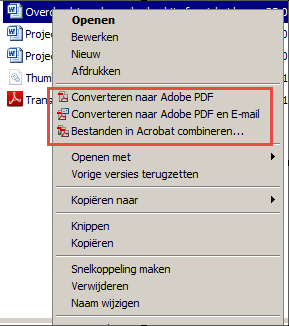
Recommended Concept Mappingsīelow are some recommendations on different ways that you can get started mapping the Airship concepts to Adobe Analytics concepts. The same concept applies for each Airship event type and dimension that you want to capture in Adobe. This is just one example of how you can set up a variable and an event. This will increment the Open Event each time the Data Streaming Event Type is set to OPEN. You will then set a condition for when you want to set this event.Ĭontinuing with the Opens example, you would set up a condition where the If is for the same type contextData variable, and the condition would be equals OPEN. Select Custom Value, and set the value to 1. If you need to set up an Event to capture the number of times something occurred, e.g., the number of Opens, select Set Event and then select the Adobe Analytics Event you want to set. After the With label, select the contextData variable that you want to set the sProp or eVar with. If you need to setup an sProp or eVar to capture a dimension (e.g., Event Type), select Overwrite Value Of and then select the sProp or eVar that you want to set. Give the new rule a Title, e.g., Airship to Adobe Analytics Integration. Select the Report Suite that Airship is sending data to and then go to Edit Settings » General » Processing Rules. In the Adobe Analytics interface, go to the Admin Console located in the header of the page, and navigate to the Report Suites section. These processing rules assign contextData variables to Adobe Analytics variables or increment events (counters) accordingly. You or your Adobe administrator must set up processing rules in the Adobe Analytics Admin Console to enable Adobe Analytics to capture events from Airship. To see all the available fields, read theĭata Streaming API Reference. Real-Time Data Streaming API are more complex. The above JSON represents a partial event object. For example, this is the push identifier of a notification that caused an event: We derive contextData keys from the original Data Streaming events using JSON notation, and use airship to represent the global parent for all Airship event properties. After your Adobe Analytics administrator sets up your processing rules, you can view Airship event data in your Adobe Analytics dashboard. You can set the Adobe Analytics processing rules so that every field in an Airship event maps to an Adobe Analytics concept. Airship uses the contextData field so that you can include every piece of relevant data from an Airship event without consuming the limited number of variables and properties that Adobe Analytics supports. Airship uses Adobe’s Data Insertion API to send data to Adobe Analytics. In Adobe Analytics, you capture the data that is valuable to you using context data and processing rules. You must create a new integration to use the airship. If you set up your integration before March 11, 2020, your event fields will not belong to a global airship object. Set up Adobe Analytics processing rules (Adobe Analytics administrator) - These rules map Airship events to your Adobe variables and events.įetch the Adobe Analytics visitor ID for your user, then associate it with the events to an Adobe Analytics report suite. Set up an RTDS event stream for Adobe Analytics (Airship administrator) - The RTDS integration sends Real-Time Data Streaming A service that delivers engagement events in real time via the Data Streaming API or an Airship partner integration.
ADOBE VISITOR CLICK MAP CODE
You will need help from your developers (iOS and Android) and your Adobe Analytics and Airship administrators:Īdd client code (Developers) - This code associates the user IDs between the two systems, tying events captured from the Airship SDK to events captured from the Adobe Analytics SDK. There are three major steps to setting up this integration. Did the user dismiss it, interact with it, or allow it to resolve itself? Set Up an Integration They can also describe what happened to an in-app notification - whether it was displayed or expired, and what happened to it after it was displayed. Airship events can tell you when a Message Center message was delivered, read, and deleted.


This integration enables a complete view of the user experience by combining Adobe Analytics data with user-specific interactions such as push sends, direct and indirect opens, and uninstalls.Īdditionally, Airship augments Adobe’s device reporting with information on in-app behavior defined by the Airship SDK.

(RTDS) provides a live view into your application, adding the “messaging perspective” to your Adobe Analytics information.

Airship Real-Time Data Streaming A service that delivers engagement events in real time via the Data Streaming API or an Airship partner integration. Adobe Analytics provides behavioral analytics and content performance measurement for websites and mobile apps.


 0 kommentar(er)
0 kommentar(er)
